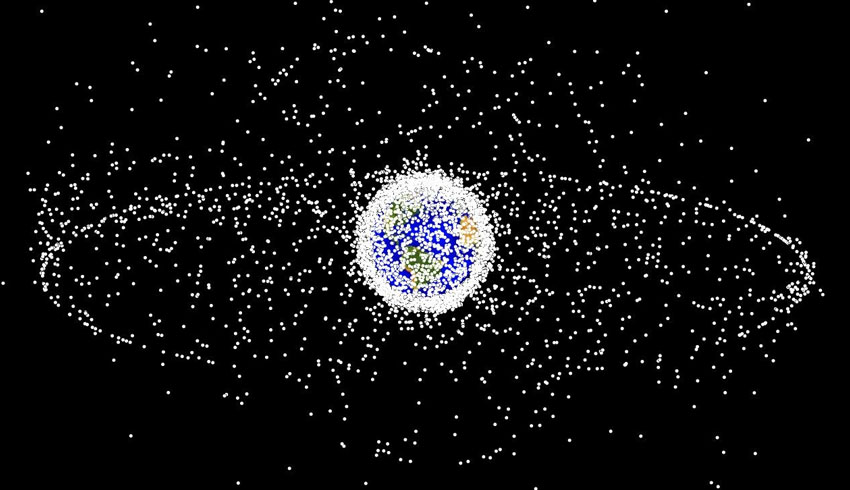
These present a far greater risk because they are large, with masses up to eight tonnes, and non-manoeuvrable, unlike new-generation satellites such as those of the Starlink constellation.
In a presentation at the Advanced Maui Optical and Space Surveillance Technologies (AMOS) conference in Hawaii, Darren McKnight of US technology company Centauri Corp said that hundreds of rocket upper stages had been left behind in several clusters.
“What you get is amounts of mass in these clusters that greatly surpass the constellation of OneWeb. Yet no ability to avoid themselves,” he told the AMOS conference on space situational awareness.
There are three distinct clusters.
One cluster is at an altitude of 775 kilometres and includes the European Space Agency Envisat satellite. Launched in 2002 and with a mass of 8.2 tonnes, Envisat is the largest defunct satellite in orbit.
Cluster two at 850 kilometres features some of the largest objects and could therefore produce the largest amount of debris in event of a collision.
Cluster three, at 975 kilometres, is the largest, with the greatest probability of a collision.
The threat is all too real, McKnight told the conference.
Just last May, two rocket bodies in the second cluster passed less than 100 metres from each other at a relative velocity of 14 kilometres per second.
“They’re big yellow school buses with no driver. If they collide, it would have doubled the catalogue (space junk) population in one event,” he said.
McKnight made the case for remediation, which includes not just creating new debris but also removing the debris already in space, like those rocket bodies.
There are various means by which debris could be removed. One possibility is a CubeSat tug, which could attach itself to a rocket body and nudge its orbit. Space-based laser could also be used to nudge a satellite to change its orbit.
“If we don’t do debris mitigation and remediation, we’re going to make it really hard for SSA (space situational awareness) and space traffic management,” he said.
Receive the latest developments and updates on Australia’s space industry direct to your inbox. Subscribe today to Space Connect here.












